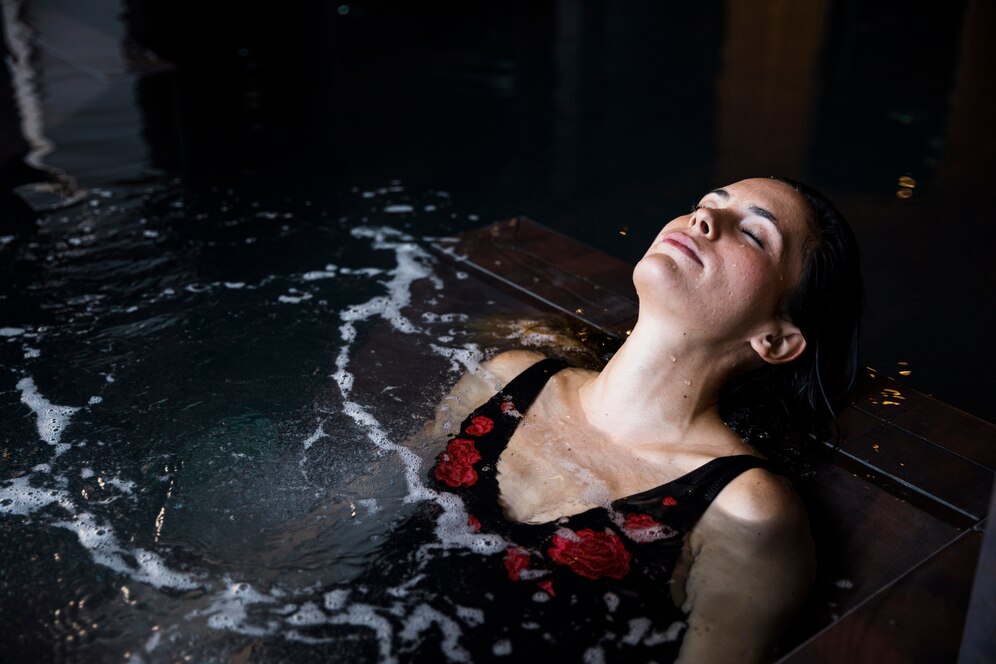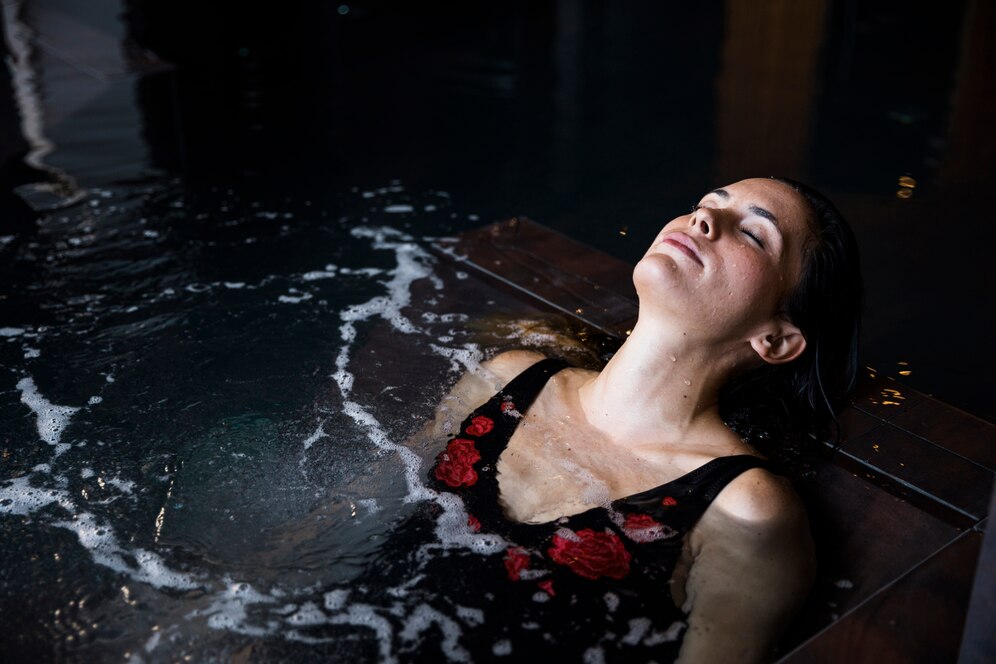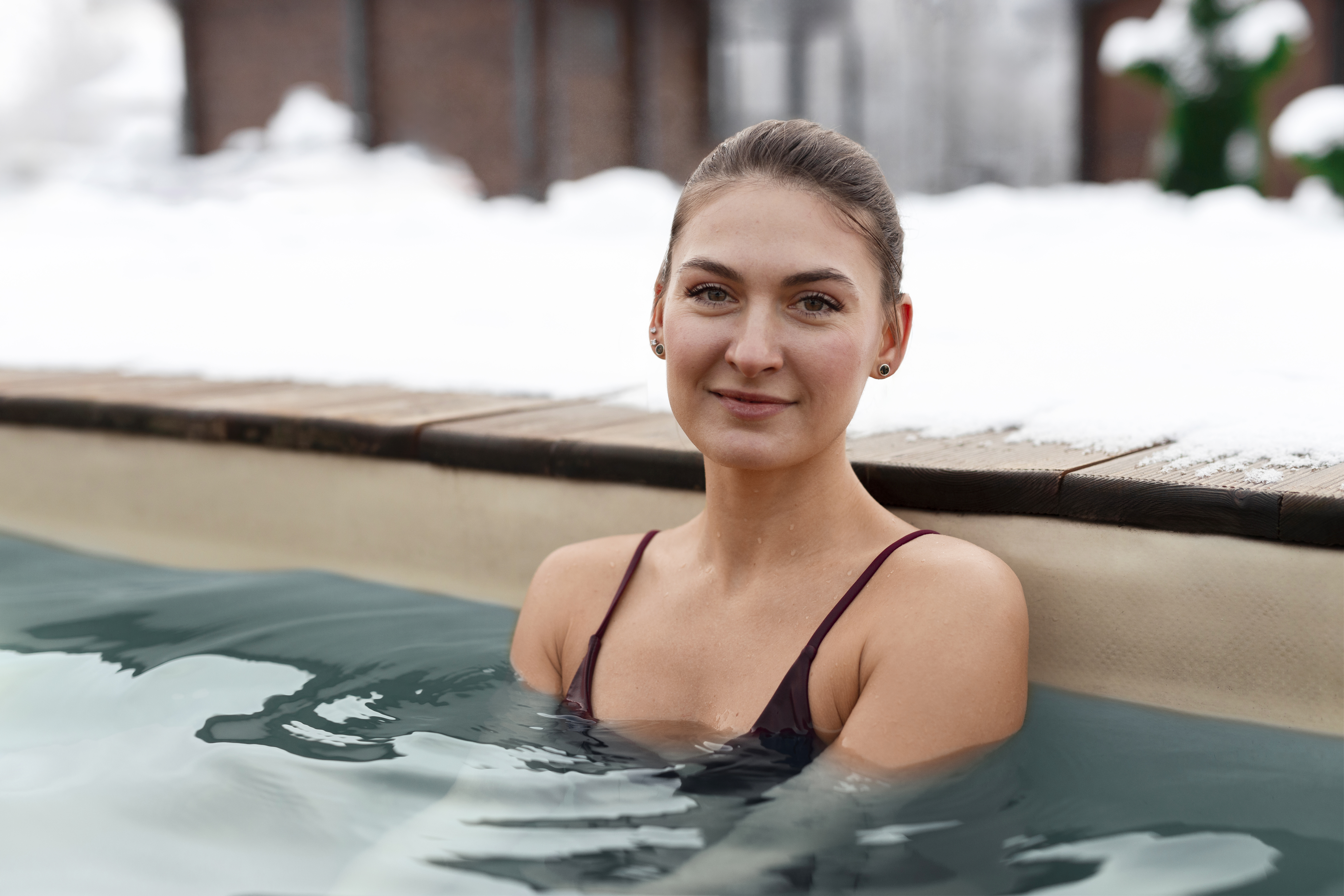The Ultimate Guide to Building Your Own Cold Plunge Pool at Home

Building a cold plunge pool at home can seem like an overwhelming task, especially when you're not sure where to begin. However, the benefits of cold water immersion are numerous, ranging from enhanced recovery after workouts to improved mental clarity and overall well-being. This guide will walk you through the process, from understanding the benefits and selecting the right location to the construction process and maintenance. By the end of this article, you will have all the information needed to create your own refreshing oasis.
Understanding the Benefits of a Cold Plunge Pool
Before diving into the construction details, it's crucial to understand why a cold plunge pool is worth the investment. The practice of cold water immersion has roots in various cultures, often praised for its health benefits. One of the most significant advantages of cold plunging is its ability to accelerate recovery. Athletes frequently utilize cold water therapy to reduce muscle soreness and inflammation after intense workouts.
Moreover, exposure to cold water can stimulate the circulation of blood, which helps in delivering oxygen and nutrients to the muscles more efficiently. This accelerated blood flow can lead to quicker recovery times, allowing you to train harder and more frequently. Beyond physical benefits, cold plunging can also enhance mental resilience. The shock of cold water can provoke a release of endorphins, leading to improved mood and reduced feelings of anxiety. As such, a cold plunge pool is not merely a luxury; it is an investment in your health and wellness.
Choosing the Right Location
The next step in building your cold plunge pool is selecting the right location. The chosen spot should ideally be easily accessible while also providing a sense of privacy. Many people opt for a space in their backyard where they can enjoy nature and tranquility. Consider factors such as sunlight exposure and wind patterns when making your decision. Too much sun can lead to an uncomfortable experience, while excessive wind can make the plunge less enjoyable.
Additionally, ensure that the location is suitable for the necessary plumbing and electrical work. If you're planning to incorporate a filtration system or heating elements, proximity to existing water and electrical lines will greatly simplify the installation process. Furthermore, consider the aesthetic aspect of the space; the cold plunge pool should harmonize with its surroundings, whether it be lush greenery, stone pathways, or a minimalist patio.
Designing Your Cold Plunge Pool
Once you've determined the location, it’s time to design your cold plunge pool. The size and depth will depend on your available space and intended use. A standard plunge pool is typically around 6 to 8 feet in length and 4 to 6 feet in width, with a depth of 3 to 4 feet. This size allows for comfortable immersion while still being manageable for most backyards.
When it comes to materials, you have several options. Concrete is a popular choice due to its durability and versatility; it can be molded into various shapes and sizes to fit your design preferences. Alternatively, fiberglass pools are also an excellent choice for those looking for a quicker installation process. Regardless of the material, ensure that the walls are adequately insulated to maintain the cold temperature of the water.
Additionally, consider incorporating a cover for your cold plunge pool. A well-fitted cover can help retain the cold temperature, reduce debris, and lower maintenance costs. The design aspect should not be overlooked; including features such as seating, lighting, and steps can enhance the overall experience and make your plunge pool a favorite spot in your home.
Construction Process
The construction of your cold plunge pool will involve several steps, and it's essential to follow each one meticulously to ensure a successful build. First, you'll need to excavate the area designated for the pool. This process involves removing soil to create a hole that matches the dimensions of your design. If you’re not comfortable with heavy machinery, hiring a professional can save you time and ensure that the excavation is done correctly.
Next, you will install the walls of the pool. For a concrete pool, this involves pouring concrete into forms that will shape the walls. If you opt for fiberglass, the installation will involve setting the pre-fabricated shell into the excavated hole and securing it in place. After the walls are completed, focus on the plumbing and electrical systems. Ensure that the water supply and drainage systems are correctly installed to facilitate easy filling and maintenance of the cold plunge pool.
Once the structure is complete, it’s time to finish the surface. This can involve tiling, painting, or applying a sealant to ensure the pool is both functional and visually appealing. Finally, fill the pool with water and add any necessary chemicals to balance the pH levels, ensuring a safe and clean plunge experience.
Maintenance of Your Cold Plunge Pool
After successfully building your cold plunge pool, the next step is maintenance. Regular upkeep is essential for ensuring the longevity of the pool and the health of its users. One of the most critical aspects of maintenance is water quality. Regularly test the water for pH levels and adjust accordingly. The ideal pH level for a plunge pool should be between 7.2 and 7.8.
Further, consider investing in a filtration system to keep the water clean and free from debris. Depending on usage, you may also want to change the water every few weeks or as needed. Cleaning the surfaces of the pool is another essential task; algae and other residues can develop if not regularly attended to. A simple scrub and rinse can keep the pool looking pristine and inviting.
Another important maintenance task is to check the insulation and structural integrity of the pool. Over time, wear and tear can occur, leading to leaks or cracks. Regular inspections will allow you to catch any issues early and prevent further damage.
Conclusion
In conclusion, building your own cold plunge pool at home is a rewarding project that not only enhances your living space but also contributes to your overall health and wellness. From understanding the benefits and selecting the right location to the construction process and ongoing maintenance, this guide provides you with the essential knowledge needed to create your own personal recovery oasis.
As you embark on this journey, remember that investing in your health is one of the most valuable decisions you can make. For those looking to enhance their recovery even further, consider exploring professional services that specialize in recovery solutions. Prime Recovery offers excellent resources and products that can complement your cold plunge experience. Start your journey to better health today!
Note: IndiBlogHub features both user-submitted and editorial content. We do not verify third-party contributions. Read our Disclaimer and Privacy Policyfor details.





